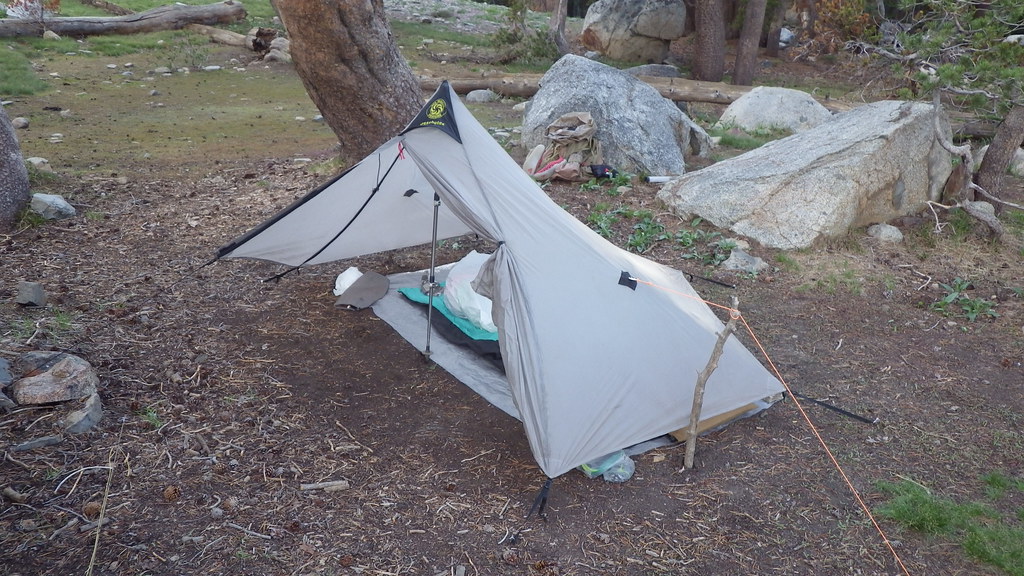magicmike wrote:
I am leaning towards the use of a light tent, but would love to hear from people who use a tarp, and how well it protects you from infrequent rain, etc. I have not chosen a pack yet, because I want that to fit like a glove and be comfortable. So I will most likely spend some time trying one on and moving around with it on.
I definitely plan on wet wading. Is it a big compromise to take some light weight wading shoes?
tried
tarping last year. You will need a bivy bag as well as the tarp for any kind of rain or mosquitos/other bugs. The weight difference then between a light one-man tent and the bivy with tarp is a matter of 4-8oz. I'm still going to tarp this year and see how it goes, but think for a non-wilderness-nut the tent is probably a better idea.
See,
https://andrewskurka.com/gear-list-backpacking-tarp-bivy-ultralight-minimalism/The pack fit doesn't matter much if you can keep the load under 30lb.. got mine to 25lb last year and it's like carrying a day pack.
I used to carry wet shoes, for stream crossings and wading, and a pair of Red Ball nylon stockingfoot waders. Now I'm too old to carry the extra weight. These days I hike in trail running shoes with wool socks. During the day these just get wet as needed. At night change into dry socks and a plastic bag around the socks, into the wet shoes.
Take any rod you like.. been doing this nearly 50 years now, starting with 2-piece rods, never had any problems or damaged rods. Most packs will have a side pocket at the bottom and straps on the sides, these fit any rod. No need for a case, though I do like to have a bag. In CO there is not any problem with longer rods, on East coast trips I'd sometimes just carry the rod in its bag to avoid tangling in trees/rhododendron hells/etc. The rod weighs a couple ounces and isn't any big deal to carry.
What is nice about the multipiece rods is being able to hide them in the pack, and avoid all those 'how's the fishing ?' questions..
paveglass wrote:
One suggestion, I would not recommend a water filtration system that depends on your mouth suction...it is a pain...try drinking on your belly like a Life Straw will require. This type of suction driven filtration will probably result in you not drinking enough and getting dehydrated...Carry some of those Katadyne Micropur pills as an emergency backup...check the expiration dates because they do have a shelf life.
This is good advice. Never understood the LifeStraw thing, have to lie in the mud like an animal to get a drink..
I carry a Sawyer bottle with a built-in filter, fill it from the stream and drink. It's been very liberating, after years of carrying pump filters, boiling water etc. Always carry some iodine or the Micropur pills for backup, whatever primary water system you choose.




 Compared to that misery, everything else seemed less of an issue ...
Compared to that misery, everything else seemed less of an issue ...










